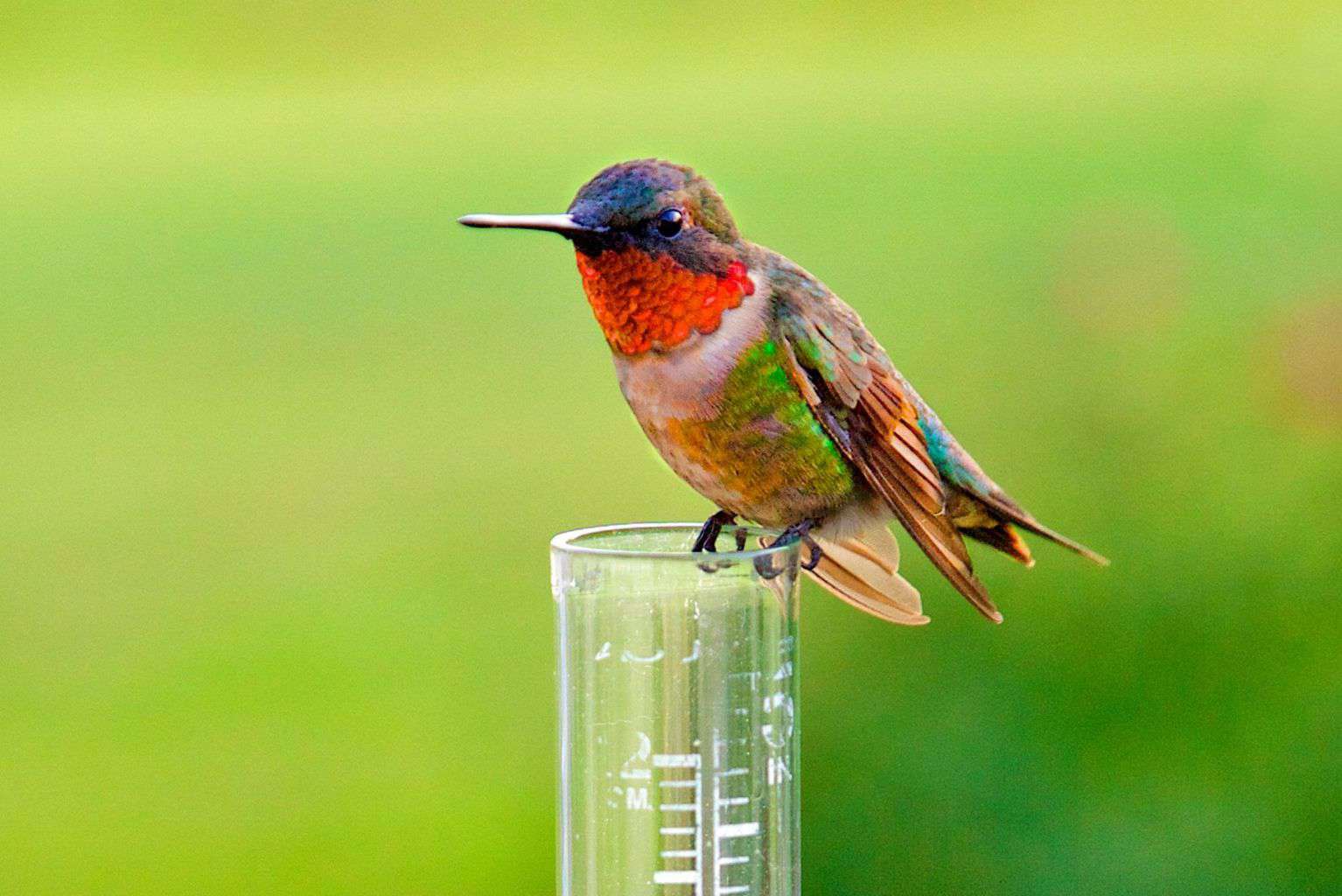Spring brings a delightful anticipation in Tennessee as migrating hummingbirds make their way back. By late March, these tiny wonders begin their return journey, but spotting the first hummingbird might take a couple more weeks. Residents eagerly prepare their feeders, awaiting the sweet arrival of these enchanting creatures.
The migration buzz continues from late March to mid-May, as Tennessee becomes a temporary home for these avian travelers. The air is filled with the soft hum of their wings, adding a charming melody to the emerging warmth of spring.
As May arrives, hummingbirds shift their focus to nesting and raising their young. Whether they choose to reuse last year’s nests or build new ones, the delicate process of egg-laying begins, setting the stage for the next generation of hummingbirds.
By the end of May, hummingbird nests are filled with precious eggs, promising the arrival of new life. Baby hummingbirds, nestled in the nests for about two weeks, make their first appearances outside, adding an adorable spectacle to the Tennessee landscape in mid-June.
During the nesting season, the activity around hummingbird feeders may briefly decrease as parents focus on nurturing their offspring.
Related News:
- Danger to AI innovation from state and local involvement
- Deadly Fungal Disease Spreading In Texas
- Say Goodbye to These 5 Bills Forever When You Become Debt-Free!
However, keeping feeders well-stocked remains crucial, as hummingbirds rely on the provided nectar to care for their young. Residents play a vital role in supporting these delicate families by ensuring a steady supply of nourishment throughout the nesting period.

























+ There are no comments
Add yours